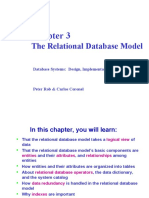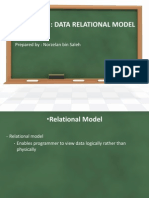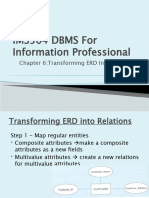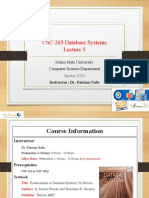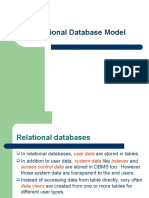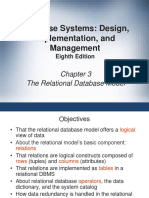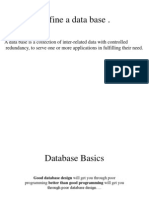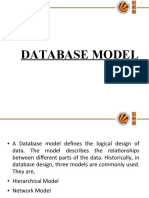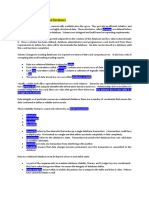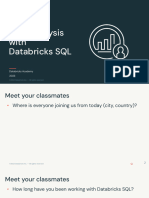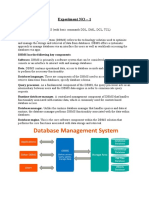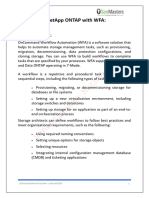0% found this document useful (0 votes)
65 views37 pagesDatabase Basics for Beginners
The document discusses keys, relationships, and indexes in relational databases. It covers primary keys, foreign keys, one-to-many relationships, and how to implement many-to-many relationships using composite entities. The document also discusses data redundancy and how indexes can help access rows in tables.
Uploaded by
imannurumairahCopyright
© © All Rights Reserved
We take content rights seriously. If you suspect this is your content, claim it here.
Available Formats
Download as PDF, TXT or read online on Scribd
0% found this document useful (0 votes)
65 views37 pagesDatabase Basics for Beginners
The document discusses keys, relationships, and indexes in relational databases. It covers primary keys, foreign keys, one-to-many relationships, and how to implement many-to-many relationships using composite entities. The document also discusses data redundancy and how indexes can help access rows in tables.
Uploaded by
imannurumairahCopyright
© © All Rights Reserved
We take content rights seriously. If you suspect this is your content, claim it here.
Available Formats
Download as PDF, TXT or read online on Scribd
/ 37












